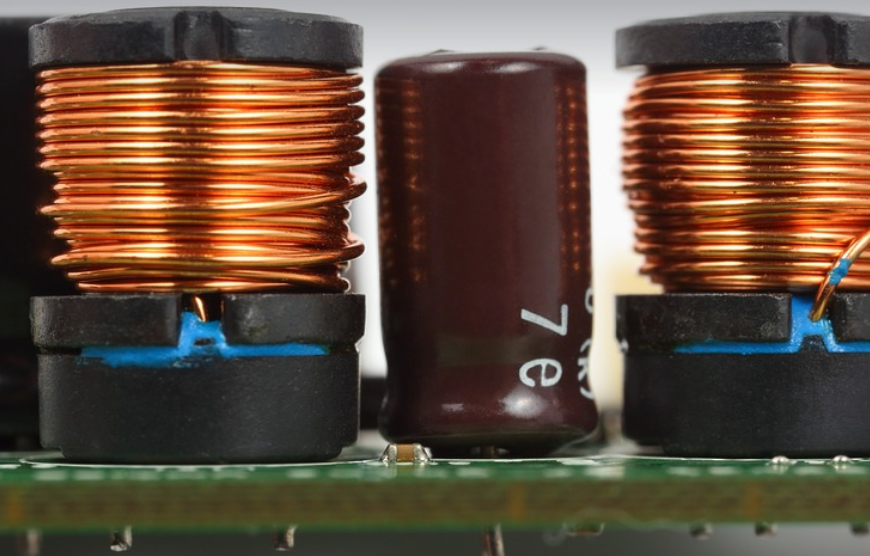Unlocking the Secrets of Tiny & Big Numbers
Ever stumbled upon a number so huge it makes your head spin, or so tiny you’d need a magnifying glass to even read it? Welcome to the world of scientific notation! This powerful tool allows us to express incredibly large and extremely small numbers in a concise and manageable way. It’s like having a secret decoder ring for the world of numbers!
What is Scientific Notation All About?
Essentially, scientific notation gives us a shortcut to writing really big or really small numbers. Think of it as a mathematical version of shorthand. In standard form, we can get lost in lengthy decimal numbers, but with scientific notation, we shrink them down and make them easier to understand.
Imagine you want to write the number 0.00000729. It’s tiny! But using scientific notation, you can say 7.29 x 10−6, which means a little something like “seven point two nine times ten to the negative sixth power.” This makes it much easier to comprehend and calculate.
Scientific notation is all about expressing numbers in the form of a product, where a number between one and ten (usually 10) multiplied by a power of 10. Let’s break this down:
- **The Number:** This is the base number that we want to express (the “normal” part of our number). For example, if you need to express 7.29 x 10−6 for the tiny number, 0.00000729, the number is 7.29
- **The Power:** This refers to the exponent that we use to show how many times we multiply our base by a power of 10. For the same tiny number, we have a -6 in our exponent, which means that our number is multiplied by ten to the negative sixth power
- **The Result:** This final product gives you your scientific notation. In our case, it’s 7.29 x 10−6.
How to Master Scientific Notation
Ready to dive into the fascinating world of scientific notation? Let’s break down the steps:
Step One: Identify Your Number: Start by looking at your number. If it’s a really big one, you can use parentheses and exponents to make it easier to understand.
Step Two: Find its Place Value: Identify the place values of your number. This helps us find out how many times our base needs to be multiplied by 10. For example for 0.000 729, we have a total of 4 digits (7, 2, 9) which means that we need to multiply 729 10-6.
Step Three: Use Scientific Notation: You’re ready for the final step. Your number is now written in scientific notation! For example, if you have a 0.000 729, it can be expressed as 7.29 x 10−6
And there you go, you’ve mastered the art of scientific notation!
Why Use Scientific Notation?
Scientific notation is like a secret weapon for working with extremely large or small numbers. We use it in everyday life, from measuring microscopic creatures to exploring the vastness of space:
**1. Handling Huge Numbers:** Imagine you’re studying the number of stars in the Milky Way galaxy! Using scientific notation helps us understand and calculate easily.
**2. Working with Tiny Things:** In chemistry, we work with atoms and molecules that are tiny. Scientific notation makes it easier to comprehend their size and movement.
**3. The Universe at Our Fingertips:** In physics, scientists use scientific notation to study the movement of planets or even understand the behavior of light!
The Art of Converting: From Big Numbers to Small Numbers
Converting between standard and scientific notation is a skill that comes in handy. We’re going to break down this process step-by-step.
**1. Standard Form to Scientific Notation:** In standard form, we’ve got our number, but using scientific notation helps us organize the numbers into a more manageable form:
- Write your whole number in front of a blank space
- Write your exponent below the space.
- Your final result has a decimal point placed between your number and your exponent. This is how you know that it’s in scientific notation format.
**2. Scientific Notation to Standard Form:** You can convert back into standard form by simply writing out the whole number, followed by the exponent. For example, 7.29 x 10-6 would become 7.29, or a final value of 0.000 0729.
Tips for Success:
* **Practice Makes Perfect:** The more you practice using scientific notation, the faster and easier it will become. * **Use Online Tools:** Many online tools can help you convert numbers between standard form and scientific notation. * **Connect with Others:** If you’re struggling with the concept, don’t be afraid to ask for help from friends, teachers, or online communities.
This article should help you understand the basics of scientific notation and how it can unlock a whole world of possibilities. With practice and effort, you’ll become an expert in handling numbers big and small!
